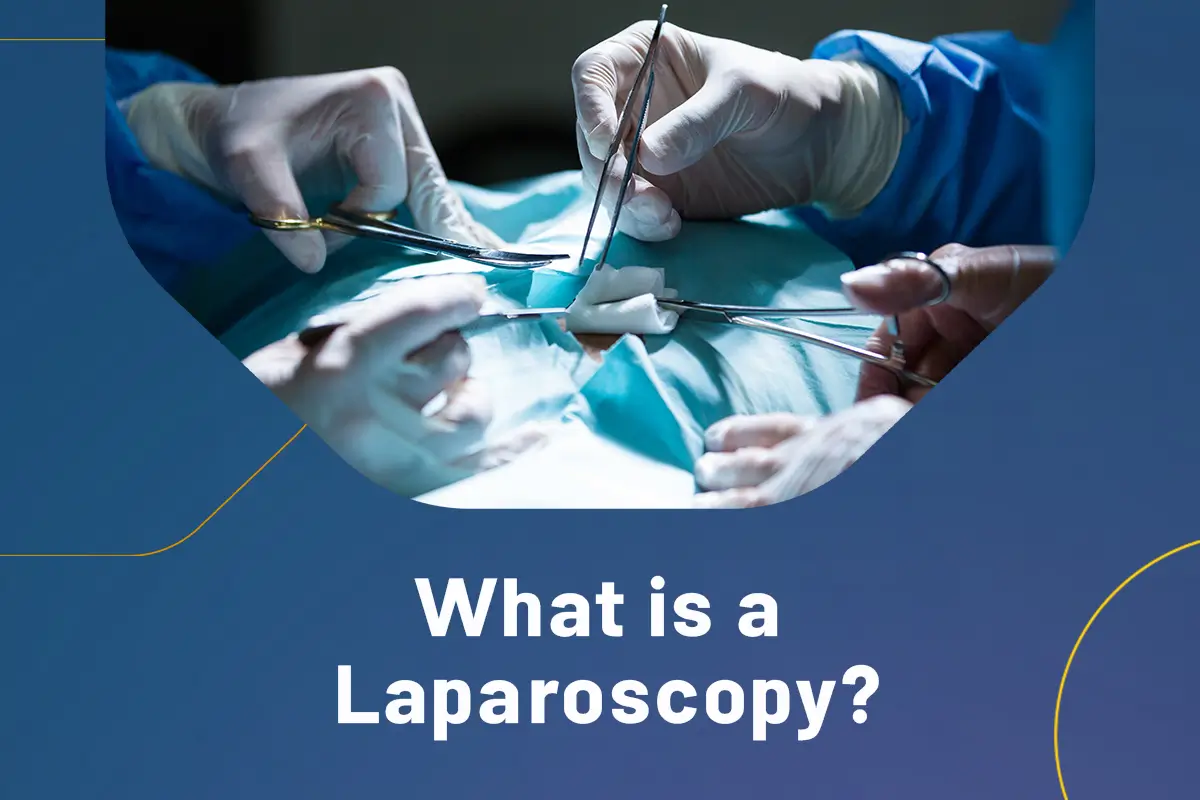“Ow, my back!” These are three words we have all heard or uttered before and could signal anything from a pinched nerve to a slipped disk requiring surgery. And it’s no wonder, considering that lower back pain is the leading cause of years lived with disability globally, affecting approximately 577 million people worldwide.
For years, open transforaminal lumbar interbody fusion (TLIF) was the only TLIF technique option, until more minimally invasive (MIS-TLIF) approaches were introduced. While MIS-TLIF techniques have evolved to reduce complications seen with open TLIF, this common surgical technique can still present potential limitations
- MIS-TLIF techniques can be challenging due to a lack of consistent visualization.
- MIS-TLIF has a steep learning curve and may have complications
- Surgeons performing MIS-TLIF are more likely to experience pain and fatigue during the procedure.
At the same time, spine surgeons trained in MIS-TLIF procedures often work with an overabundance of instruments due to a lack of procedural and technological standardization and customization, as well as bulky, hard-to-maneuver microscopes that provide a limited view into the surgical site.
Change was needed, and DePuy Synthes was determined to deliver it.
Seeking a better, more modernized solution, the DePuy Synthes R&D team began a journey that resulted in a groundbreaking innovation: the TELIGEN™ System. Comprised of a tower that delivers a suite of technologies – including a camera control system, a VueLIF-T™ Procedure Kit with a disposable HD camera, a TELIGEN™ Clear Discectomy Device, and patient-based disposable ports and other enabling components – the system is designed to provide advanced visualization experience and user-centric procedural control in MIS-TLIF procedures.
But First, Post-It Note
While the TELIGEN System in its current form has the potential to change MIS spinal surgery as we know it, it first began in 2013 as Project FOX (Future Of eXcellence) when DePuy Synthes brought together a core team of surgeons with nothing more than a few early ideas on a set of post-it notes and a “sky’s the limit” brainstorming approach.
Their ask? Evaluate the current state of spinal procedures and identify key areas for improvement. The team found the most opportunity for improvement in TLIF procedures
During the next few years, the team embarked on a global expedition to gather data and insights from hundreds of surgeons in cadaver labs across Australia, Thailand, Germany, Switzerland, Spain, the U.S. and more. Their insights reinforced a critical need to make spinal surgery less invasive, more effective, and more efficient for all.
It soon became apparent that the solution didn’t lie in a new tool or single piece of technology, but in a complete end-to-end redesign of the procedure itself
For the first time, DePuy Synthes was not only developing the tool but was also building an entire procedural system completely in-house, changing the way today’s surgeons execute MIS-TLIF procedures
Transforming the Surgical Experience
Insights from early ethnographic studies focused on understanding what parts of the surgery were most stressful for surgeons. Confirmed by monitoring heart rates during live surgery, one of the most critical surgical challenges was visualization. Traditionally, surgeons have to maneuver a rigid, bulky microscope (as pictured below) that requires constant readjustments, multiple helping hands, and numerous surgical steps to keep the already limited field of view open and unobstructed.
And so, one of the system’s most impactful technological innovations was created – the TELIGEN VUE™ Camera.
Placed at the distal end of the port, the TELIGEN VUE™ Camera eliminates the need for a microscope and can provide surgeons with an expanded field of view and unobstructed visualization compared to traditional MIS technologies. The TELIGEN System enables hands-free visualization during the procedure and offers a multi-directional view / orientation during the procedure – not only for the surgeon, but on a screen for the entire circulating staff to closely follow along to support the surgeon’s needs.
Another piece of critical feedback from surgeons was the issue of the “dirty lens” so the team custom designed a camera with integrated cleaning to prevent the need for pulling the camera out and repeatedly manually cleaning it. The software in the Camera Control System, which was custom designed by the DePuy Synthes Spine team, also allows image modifications such as color, brightness, and orientation.
“We’re extremely excited to have developed such an innovative piece of technology in the camera, but the true impact is how it integrates into the overall TELIGEN System,” said Eric Buehlmann, Director R&D Spine. “We had the opportunity to reassess the challenges of a typical OR and enhance the surgical experience by developing a system that includes a suite of technologies developed with the comfort and outcomes of both the surgeon and patient in mind.
In their evaluation of a typical spine OR, from the positioning of the surgeon to the placement of equipment, the DePuy Synthes Spine team was able to successfully identify opportunities for greater efficiency. Spurred by these insights, the team created a heads-up display to afford an ergonomic posture during the procedure and reduced the number of instrument trays, among other things, to facilitate a more streamlined OR, as depicted below.
Additionally, the team enabled the TELIGEN System to collect data during the course of the procedure, which can then be attached to a patient’s file and reviewed.
A Vision is Brought to Life.
Since the Project FOX team was first created with the goal of identifying and combatting the obstacles of MIS-TLIF surgery, the team has displayed resilience and innovative thinking to overcome many challenges. Managing the complexities associated with integrating multiple enabling technologies, gathering valuable input from surgeons across the globe, and navigating an ever-changing, fast-paced digital environment, the team persevered and is now seeing its vision brought to life in the operating room as cases take place across the U.S.
And to think, this potentially transformative technological innovation started out as nothing more than an idea scribbled on a set of post-it notes.






